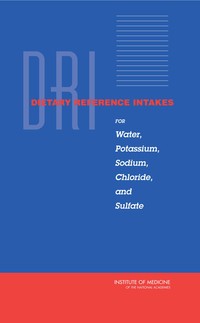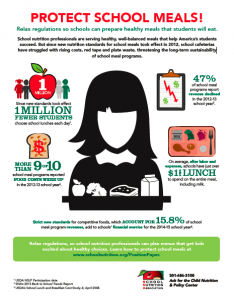New York City Mayor Eric Adams
As a member of Mayor Eric Adams’ Food Policy Task Force, I was sent a press release last week announcing two new food initiatives in New York City, and asking me to comment on them.
Mayor Adams issued two executive orders.
- Executive Order 8, Commitment to Health and Nutrition: Food Standards and Good Food Purchasing. This sets standards for meals served by city agencies. It commits the city to Good Food Purchasing principles, which require transparency about how city agencies’ food procurements affect local economies, environmental sustainability, valued workforce, animal welfare, and nutrition.
- Executive Order 9, Promotion of Healthy Foods in City Publications and Advertising on City Property. This requires that all promotional materials put out by agencies and advertisements on city property regarding food — to the extent practicable — feature healthy food.
My comment
The best way to encourage healthy eating is to make the healthy choice the easy — and the preferred — choice,” said Marion Nestle, professor of Nutrition, Food Studies, and Public Health, New York University, Emerita. “Mayor Adams’ executive orders are a terrific step toward creating a food environment that makes it easier for New Yorkers to eat better and stay healthy.”
I think it’s great that the Mayor cares about nutrition and health and is willing to do what he can to create a healthier food environment. Let’s hope his actions have a big effect.




